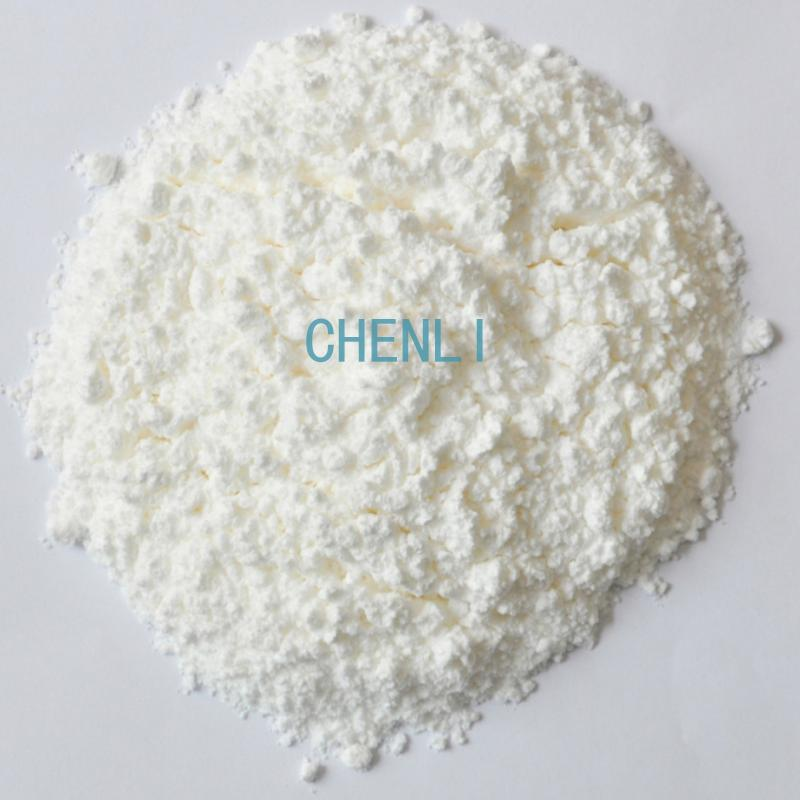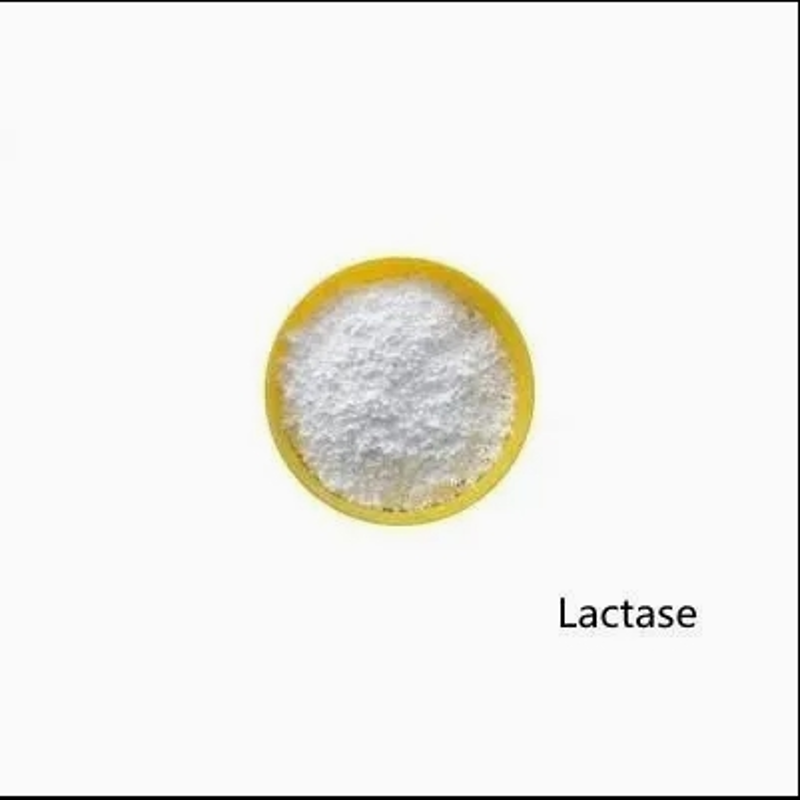-
Categories
-
Pharmaceutical Intermediates
-
Active Pharmaceutical Ingredients
-
Food Additives
- Industrial Coatings
- Agrochemicals
- Dyes and Pigments
- Surfactant
- Flavors and Fragrances
- Chemical Reagents
- Catalyst and Auxiliary
- Natural Products
- Inorganic Chemistry
-
Organic Chemistry
-
Biochemical Engineering
- Analytical Chemistry
-
Cosmetic Ingredient
- Water Treatment Chemical
-
Pharmaceutical Intermediates
Promotion
ECHEMI Mall
Wholesale
Weekly Price
Exhibition
News
-
Trade Service
Human preference for sweetness makes
"
"
far
taste experience, but is used to describe all kinds of beautiful feelings. According to anthropologists, this is probably because our ancestors did not have enough food for a long time in human history. Sugar, which is the fastest converted into energy in a variety of food ingredients, will naturally gain special favor. However, when human food is already abundant, our taste preferences are too late to change accordingly. This contradiction between the increasingly abundant calories of food and the old taste preferences eventually led
"sweet dilemma
"
.too much sugar leads to obesity, which in turn contains a number of health risks. Diabetes is self-
-
sugar can lead directly to the onset of the disease. Cancer, hypertension, hyperlipidemia, caries and other persistent diseases, but also with sugar or obesity has a direct and indirect relationship. Therefore, the
"
sugar substitute
"
, or
"
sweetener
"
, which can provide sweetness but does not have calories, has become a human dream.saccharin is the first sweetener invented. But, like any later synthetic sweetener and synthetic food additive,
"
Chemical Synthesisis a birth that, like Chidan's Chidan origin in the Eight Dragons, gives itThe original sin
"
. The security controversy over it has been repeatedover and over for a century, until now the academic community has basically decided that itnot guilty
"
,
Saccharen harmful
"
various urban legends are still popular.Fact, saccharin is far from a sweetener
Perfect-
its sweetness is not exactly the same as sugar, the concentration is high or even bitter. In different food conditions, it also has the problem of stability. Later, new sweeteners such as aspartas sweeteners and sucralose were added to compensate for each other's defects., however, the
"
innateorigin of these sweeteners has kept him in doubt, and many people who are sensitive to
chemical" insist thatwould rather gain weight than accept the chemical
"
creed. Sugar is also people's first choice.traditional sugar is made from sugar cane
-
so-called preconceived, and later through beet sugar can only be wronged with the name of sucrosethe shell listed
"
. However, as human demand for sugar increases, the price of sucrose continues to rise, and the production of
" in a cheaper
way has aroused interest. Corn is a high-yielding crop, its main component starch is the polymer of glucose, so the conversion of corn into sugar is the idea of water into a canal. The
"
made with corn has a long history in China, but sugar is not sweet enough to be used as a flavor food, not as a substitute for sugar. The modern industry'
"
extension of the
" -
corn syrup, is the product of the full hydrolysing of corn starch. Its
"
"
is mainly glucose, which is often referred to as
"
"glucose
"
.at least in the United States, corn syrup costs less than sucrose, technology makes it a big market. But it's still not sweet enough, and it has to be used more to get enough sweetness. It was later discovered that glucose could be converted into
sugar with a protein called
glucose isomerase , which greatly increases sweetness. This kind of thing
called
"high fructose syrup
"
, and sometimes also called
"
glucosal syrup
"
. Compared with sucrose, it has advantages in cost, sweetness, taste and processing performance, and it has been widely used quickly., however, with the prevalence of high fructose syrup, the incidence of obesity and diabetes is increasing. Epidemiological investigation and animal experiments have found that the health risks associated with high fructose syrup can not be ignored. Further, the scientists found that fructose metabolizes in the body in very different ways from glucose. It does not induce the secretion of hormones such as insulin and ligands like glucose, resulting in the medical termmetabolic syndrome
"
for some columns of problems
-
.because high fructose syrup is corn through
"
produced, so thisindustrial products
"
was not surprisingly criticized and questioned.
"
return to
"
seems to be coming again as a saviour. But it's not that simple. The usual high fructose syrup has two versions of fructose
42%
and
55%
, while the sucrose molecule is made up of a glucose and a fructose molecule. Although fructose and glucose in high fructose syrup are a single molecule, and sucrose is linked together, sucrose is hydrolysed into a single molecule as soon as it enters the gastrointestinal intestine, so it is absorbed as a single molecule. In theory, it is
to
that "high fructose syrup is worse than sucrose
"
. Although the
theory does not mean that there is actually no
"
is logically right, but the experiments and epidemiological investigations to date, there is no reliable evidence that
"
regressing from high fructose syrup to sucrose can solve the problem
"
.in addition to sucrose, people thinkmore advanced
"
,
"
more natural
"
sugar, such as honey, is also a mixture of glucose and fructose. There is no data in
that
"Honey Affects Health
"
, after all, the average person cannot use honey like sucrose or high fructose syrup. What if you swap all the high fructose syrup in your diet for honey? For scientists, at least, the adverse effects of fructose are probably unavoidable.Glucose and corn syrup are not sweet enough and the calories are equally high; high fructose, sucrose and honey not only have direct consequences such as obesity, diabetes and tooth decay, but are also associated with symptoms such as cancer,
thal-high
"
; and sweeteners,
the
of
"
" has always carried
"
"
. Someone's going to bemoan,
"
what else can I eat now?
"
Sweet
"
is not
"
-
-
before we knew the dilemma
"
. Now, it's just exposed to us. As long as we
the
"
"
, we have to struggle in this predicament.







